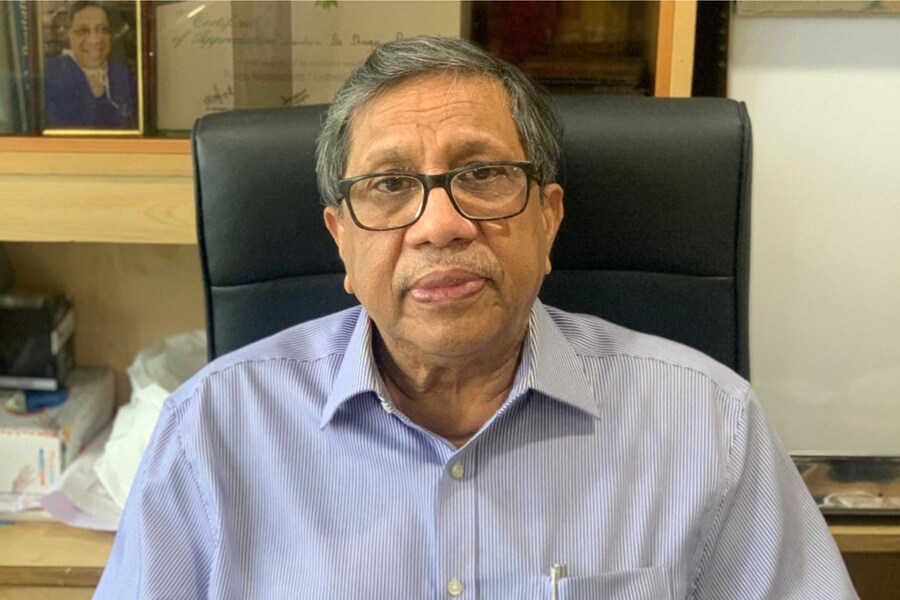
Newer Development in Kidney Stone Removal
Dr. Shivaji Basu, MS, FRCS(Edin), FRCS(Eng), Director Urology, Fortis Hospital & Kidney Institute, Kolkata

Introduction
Minimally invasive interventions for stone disease in the United States are mainly founded on 3 surgical procedures: extracorporeal shock wave lithotripsy, ureteroscopic lithotripsy, and percutaneous nephrolithotomy. With the advancement of technology, treatment has shifted toward less invasive strategies and away from open or laparoscopic surgery. The treatment chosen for a patient with stones is based on the stone and patient characteristics.
Each of the minimally invasive techniques uses an imaging source, either fluoroscopy or ultrasound, to localize the stone and an energy source to fragment the stone.
Multiple paths and technologic advances have been proposed in the field of urology and minimally invasive surgery to improve PCNL puncture. The most relevant contributions, however, have been provided by the application ofmedical imaging guidance, new surgical tools,motion tracking systems, robotics, and image processing and computer graphics.




